Increased Adoption of Remote Work
The Laser Printer Market is significantly influenced by the rising trend of remote work. As more organizations adopt flexible work arrangements, the need for efficient home office solutions has escalated. Laser printers, known for their speed and efficiency, are becoming essential tools for remote employees who require reliable printing capabilities. Data indicates that the home office equipment market, including laser printers, is expected to grow by over 10% in the coming years. This shift not only boosts sales for manufacturers but also encourages innovation in features such as wireless connectivity and mobile printing. Consequently, the Laser Printer Market is adapting to these changes, focusing on creating products that cater to the unique needs of remote workers, thereby enhancing productivity and convenience.
Growing Emphasis on Cost Efficiency
Cost efficiency remains a critical driver in the Laser Printer Market. Organizations are increasingly seeking printing solutions that minimize operational costs while maximizing output. Laser printers, with their lower cost per page compared to inkjet alternatives, are gaining traction among businesses aiming to reduce expenses. Recent statistics suggest that laser printers can offer up to 50% lower printing costs over time, making them an attractive option for high-volume printing environments. This focus on cost efficiency is prompting manufacturers to develop more economical models that do not compromise on quality. As a result, the Laser Printer Market is likely to see a rise in demand for budget-friendly options that appeal to cost-conscious consumers, further driving market growth.
Technological Innovations in Printing
Technological advancements play a pivotal role in shaping the Laser Printer Market. Innovations such as cloud printing, mobile printing, and enhanced connectivity options are transforming the way consumers interact with their printers. The integration of smart technology allows users to print directly from their devices, streamlining the printing process. Furthermore, advancements in print speed and energy efficiency are becoming increasingly important to consumers. Data suggests that the market for smart printers is expected to grow by approximately 15% over the next few years. This trend indicates that manufacturers must continuously innovate to stay competitive in the Laser Printer Market, leading to the development of multifunctional devices that cater to diverse consumer needs.
Rising Demand for High-Quality Printing
The Laser Printer Market experiences a notable increase in demand for high-quality printing solutions. Businesses and individuals alike seek printers that deliver sharp, clear text and vibrant images. This trend is particularly evident in sectors such as advertising, education, and design, where print quality is paramount. According to recent data, the demand for color laser printers has surged, with a projected growth rate of approximately 5% annually. This shift towards high-quality printing is driving manufacturers to innovate and enhance their product offerings, ensuring that they meet the evolving expectations of consumers. As a result, the Laser Printer Market is likely to witness a continuous influx of advanced technologies aimed at improving print resolution and speed, thereby catering to the needs of a discerning customer base.
Sustainability and Eco-Friendly Practices
Sustainability is emerging as a significant driver in the Laser Printer Market. As environmental concerns gain prominence, consumers are increasingly favoring eco-friendly printing solutions. Manufacturers are responding by developing printers that utilize less energy and produce less waste. For instance, many laser printers now feature energy-saving modes and recyclable toner cartridges, appealing to environmentally conscious consumers. Recent surveys indicate that nearly 70% of consumers consider sustainability when purchasing office equipment. This shift towards eco-friendly practices is likely to influence product development and marketing strategies within the Laser Printer Market, as companies strive to align with consumer values and regulatory standards, ultimately fostering a more sustainable printing ecosystem.
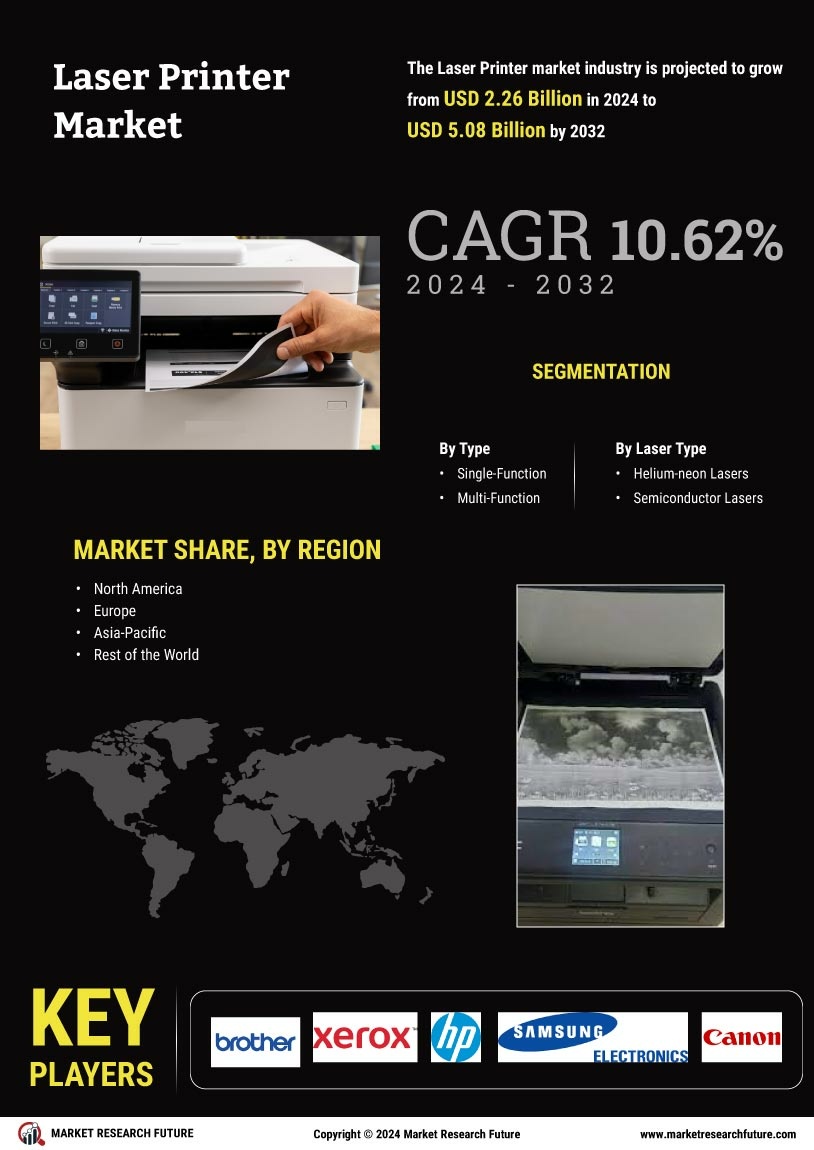
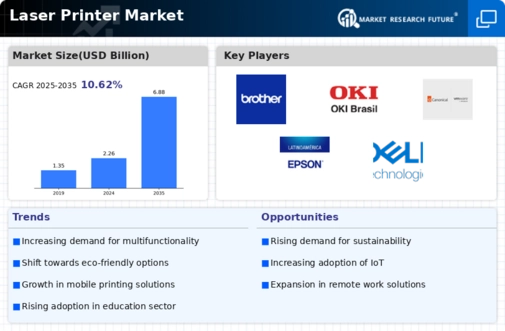
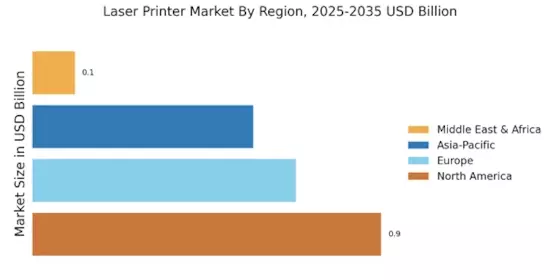
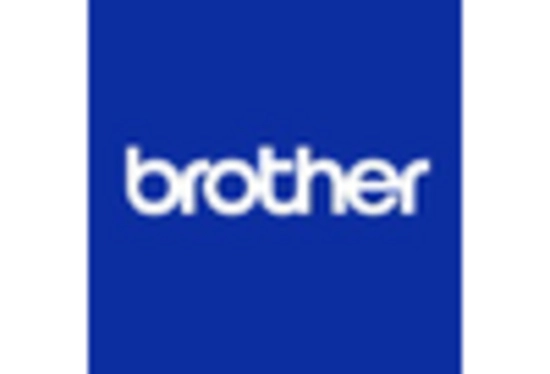
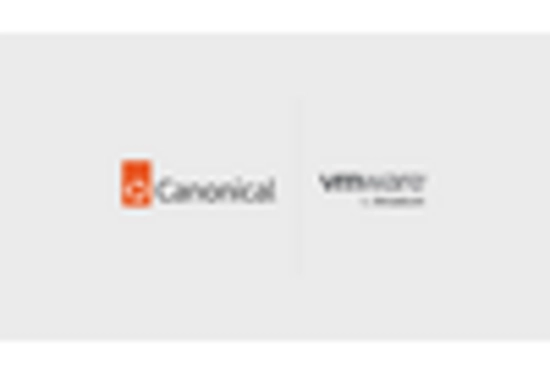
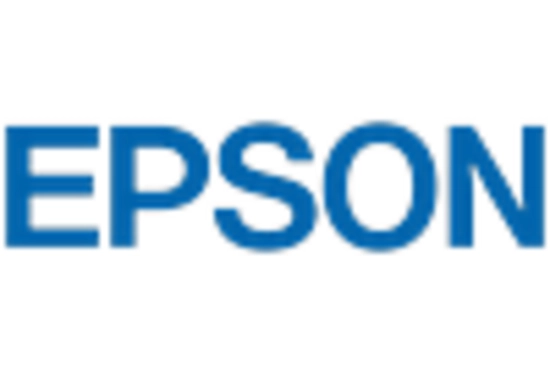
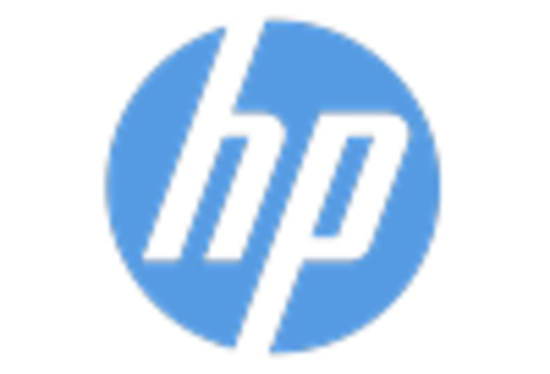
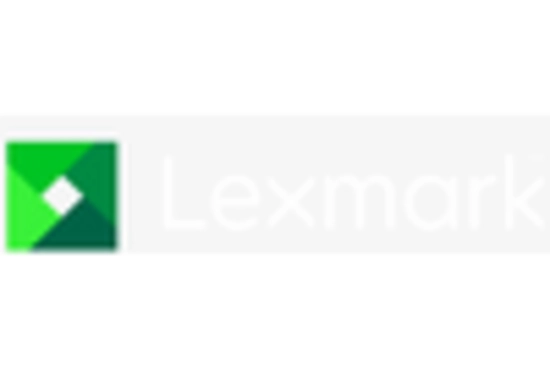
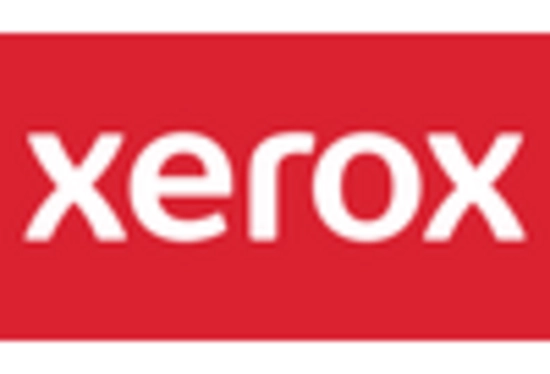








Leave a Comment